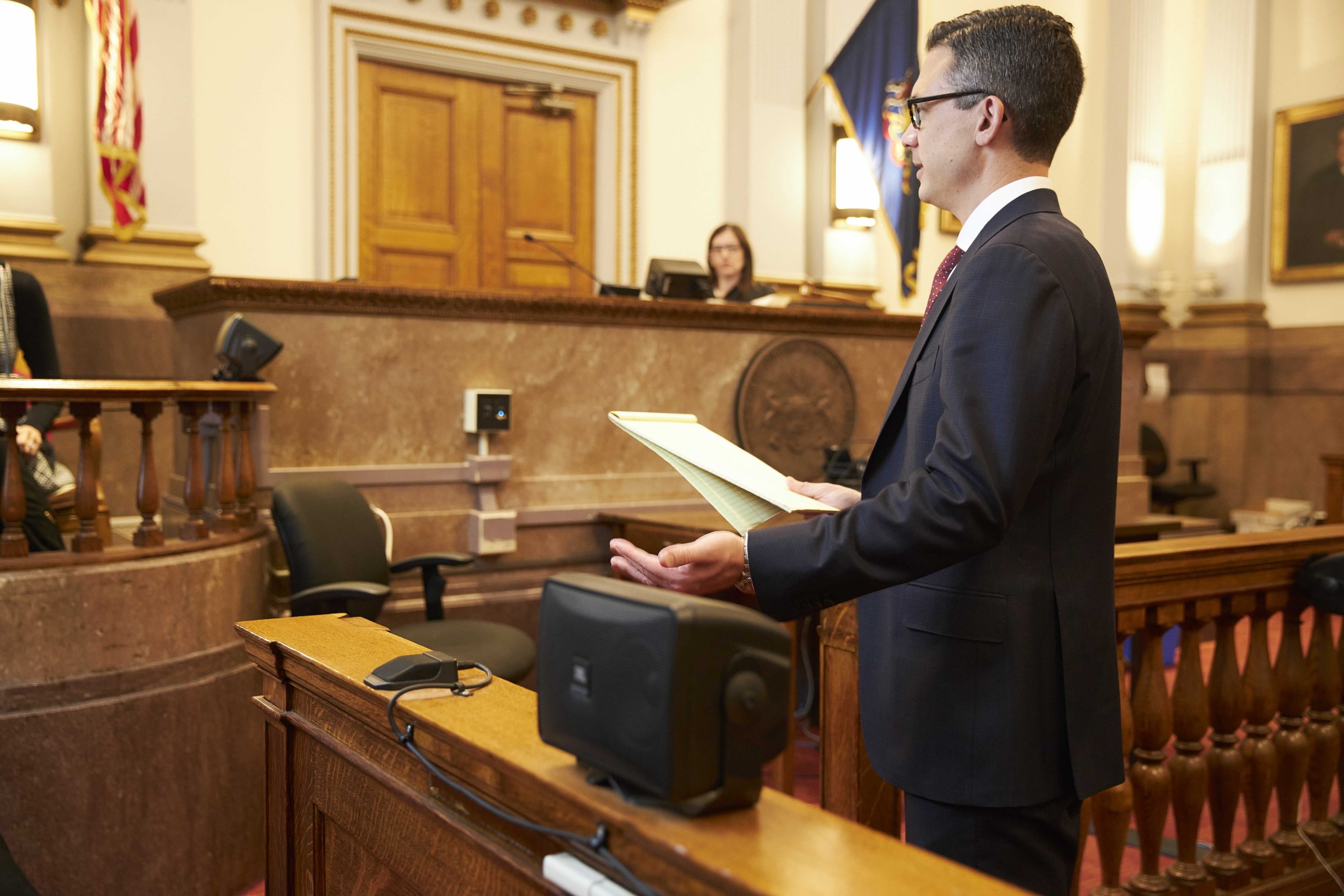Why Choose Federal Appeal Lawyers: Proven Methods for Effective Appeals
Demystifying the Process of Federal Appeals: What You Required to Know
Browsing the intricate realm of federal charms can commonly look like traversing uncharted waters for those not familiar with the process. Comprehending the subtleties of appellate court territory, the details of submitting a notification of appeal, presenting a compelling brief, and making a persuasive oral argument are important elements that can substantially influence the end result of an instance. By untangling the layers of intricacy bordering government charms, individuals can acquire a clearer insight into the mechanisms that govern this crucial stage of the lawful system.
Recognizing Federal Appeals Refine
Looking into the complex realm of the federal appeals procedure introduces a organized and methodical trip via the judicial system. Federal charms serve as an essential mechanism for reviewing choices made by reduced courts. Comprehending this process is important for anyone associated with lawful procedures at the federal degree.
The procedure generally begins with an event dissatisfied with a lower court's judgment filing a notice of allure. This activates a review by a greater court, where a panel of judges assesses the lawful disagreements presented by both events. Briefs describing the legal thinking behind each party's placement are submitted, and dental disagreements may be heard to make clear complicated concerns.
The appellate court's decision is based on a comprehensive evaluation of the lower court's process and the debates offered. When the appellate court reaches a decision, it can attest, turn around, remand, or customize the lower court's judgment, giving quality and finality to the legal dispute.
Appellate Court Territory Clarified
Appellate court jurisdiction refers to the extent of situations that a particular appellate court has the power to assess and choose upon. Unlike trial courts that listen to cases for the very first time, appellate courts are limited to examining choices made by reduced courts.
Appellate courts have jurisdiction over details kinds of situations, typically those including lawful errors, step-by-step issues, or concerns of regulation as opposed to valid disputes. The territory of appellate courts is usually described in laws and regulations that regulate the court system. Recognizing appellate court territory is important for events involved in the charms procedure as it determines whether a situation is qualified for testimonial and the degree to which the appellate court can intervene in the lower court's choice.
Declaring a Notification of Appeal
The preliminary action in starting the government appeals process includes submitting a Notification of Allure with the appropriate appellate court. This essential paper officially alerts the court and the various other events associated with the case that the appealing celebration means to seek an evaluation of the reduced court's choice. Submitting a Notification of Allure is a stringent step-by-step need that establishes the appellate procedure moving.
When preparing the Notification of Allure, it is essential to ensure compliance with the specific guidelines and guidelines of the relevant appellate court. federal appeal attorneys. The file has to typically include details such as the instance name, the reduced court's name, the day of the judgment being appealed, and a concise statement indicating the grounds for the allure

Briefing and Dental Argument
In the appellate procedure, presenting composed briefs and taking part in oral debates play critical duties in advocating for the top nebraska federal appeals lawyers appealing celebration's placement before the appellate court. Briefs are thorough legal papers that outline the celebrations' debates, legal authorities, and analysis sustaining their positions. These composed entries offer the court with a thorough understanding of the facts of the situation, the pertinent regulation, and why the appealing party thinks the reduced court's choice should be reversed.
Adhering to the entry and review of the briefs, oral disagreements supply the parties a possibility to further clarify their settings, attend to any kind of questions the appellate judges may have, and highlight crucial factors from their created briefs. Dental arguments are a chance for the attorneys to convince the courts with verbal campaigning for and responses to inquiries from the bench.
Both the composed briefs and oral arguments are important parts of the appellate procedure, permitting parties to provide their instance completely and compellingly before the appellate court. - federal appeal lawyers
Obtaining the Appellate Court Decision
Upon conclusion of dental debates and entry of composed briefs, the following essential stage in the appellate procedure entails waiting for the crucial judgment from the appellate court. This duration of anticipation can be filled up with a mix of stress and anxiety and expect parties involved in the appeal. The appellate court's choice is typically supplied in a created layout and details the court's final thoughts on the legal issues offered, the thinking behind their decision, and the judgment rendered. The time structure for getting the appellate court's decision can vary, yet courts aim to offer timely resolutions. As soon as the choice is issued, parties must thoroughly evaluate the court's judgment to comprehend the outcome and determine any kind of additional steps that might be required. Whether the appellate court affirms, turns around, or remands the lower court's choice, comprehending the implications of the judgment is critical for all celebrations entailed in the appellate procedure. For that reason, without delay assessing and understanding the appellate court's choice is important in browsing the following action in the lawful procedures.
Conclusion
Recognizing the appellate court territory, submitting a notification of allure, preparing briefs, and offering dental debates are all vital components of this process. Ultimately, receiving the appellate court decision can provide clarity and resolution to legal disputes.
As we proceed from recognizing the government allures procedure to exploring the ins and outs of appellate court jurisdiction, an essential aspect comes to light concerning the authority and limits of these higher courts in the lawful landscape. Appellate court territory refers to the range of situations that a specific appellate court has the power to decide and review upon. Unlike test courts that listen to situations for the first time, appellate courts are restricted to assessing choices made by lower courts. Recognizing appellate court territory is important for celebrations involved in the allures procedure as it identifies whether a case is qualified for evaluation and the extent to which the appellate court can interfere in the lower court's decision.
